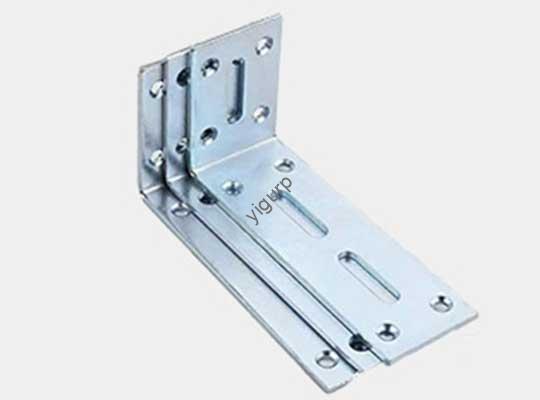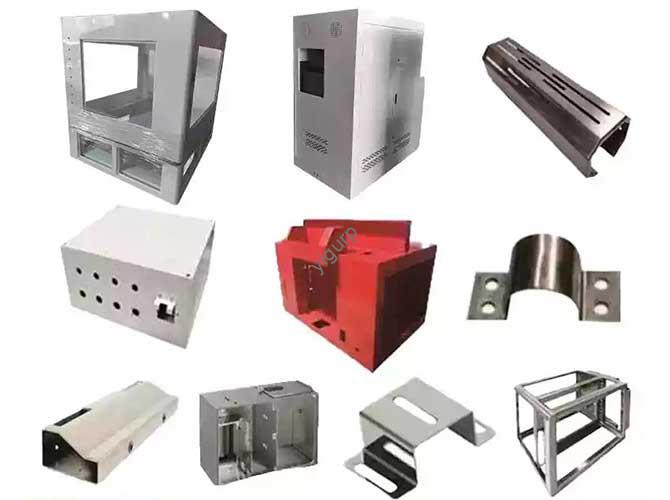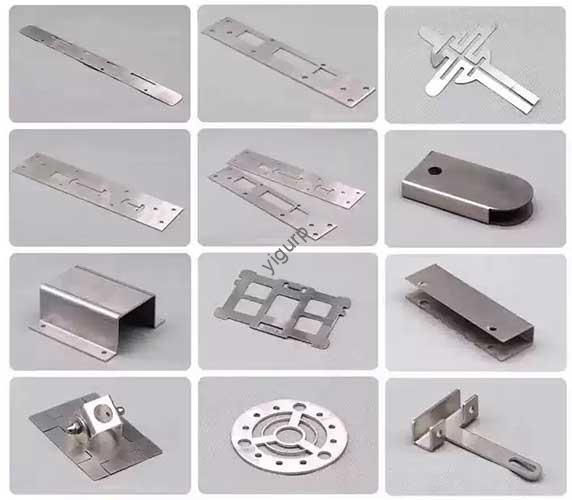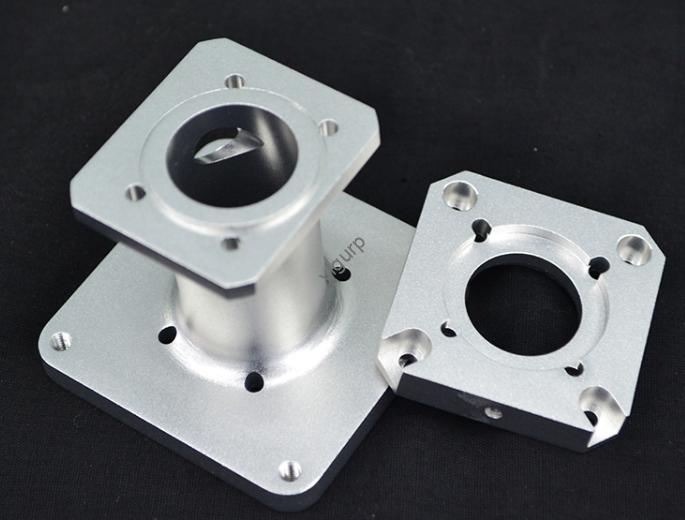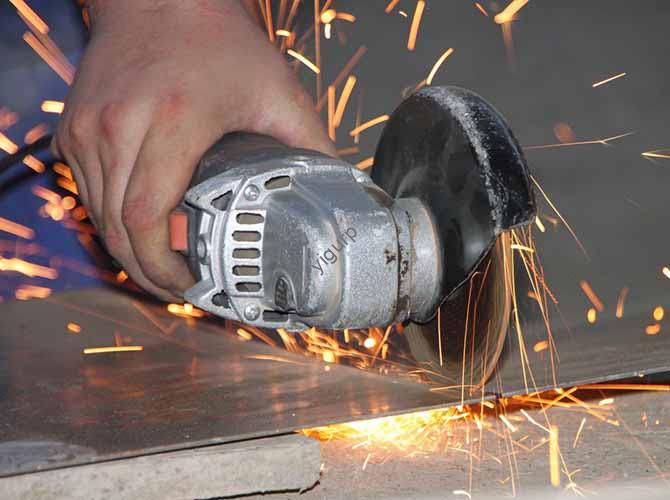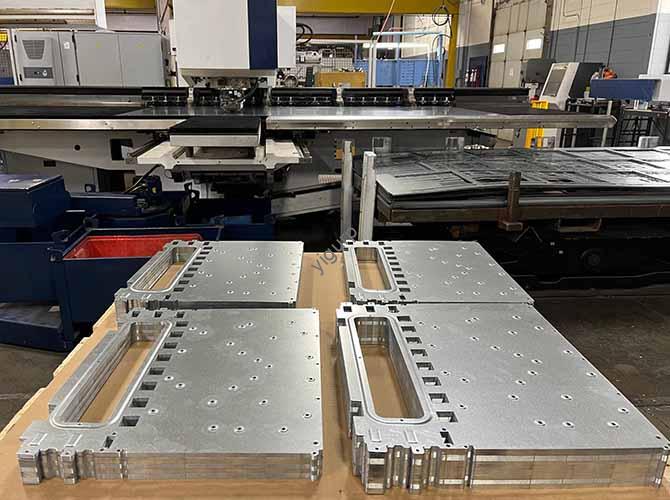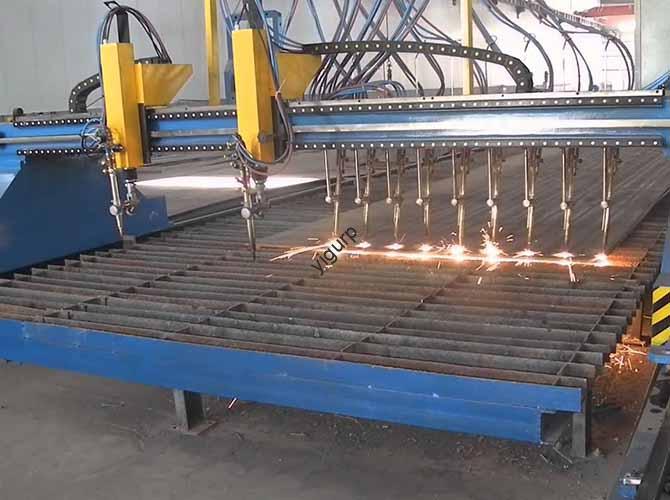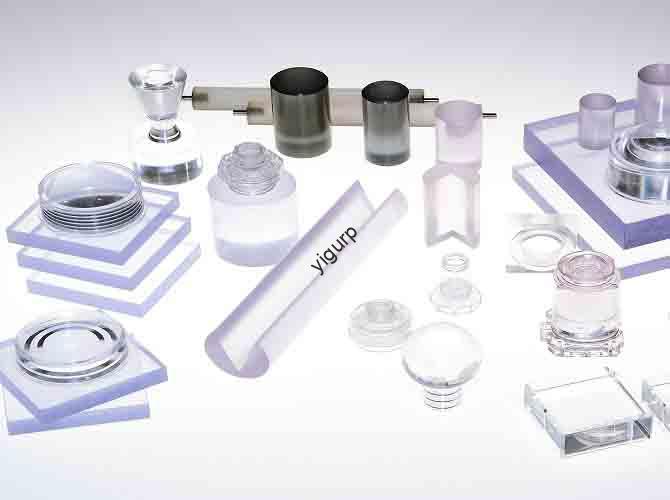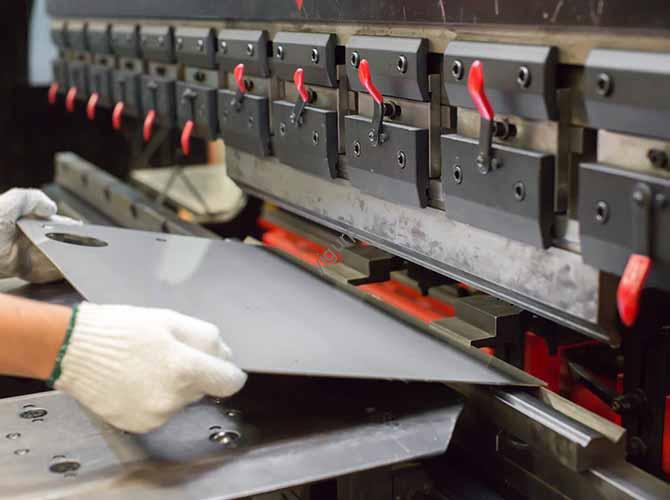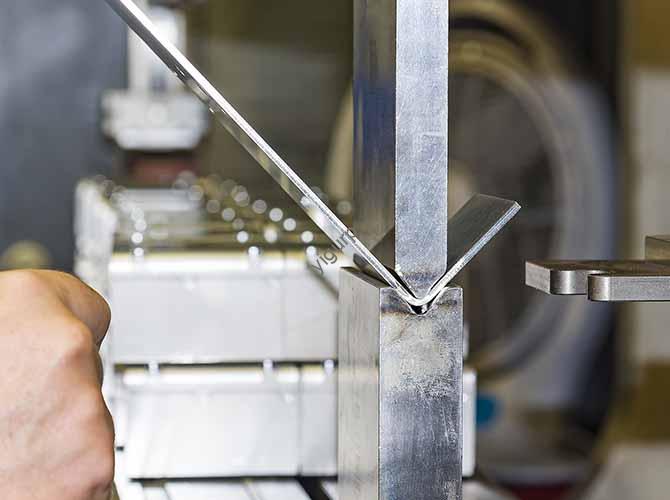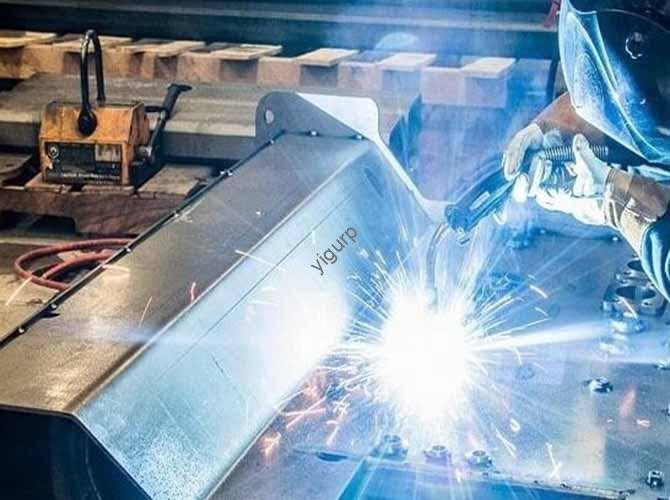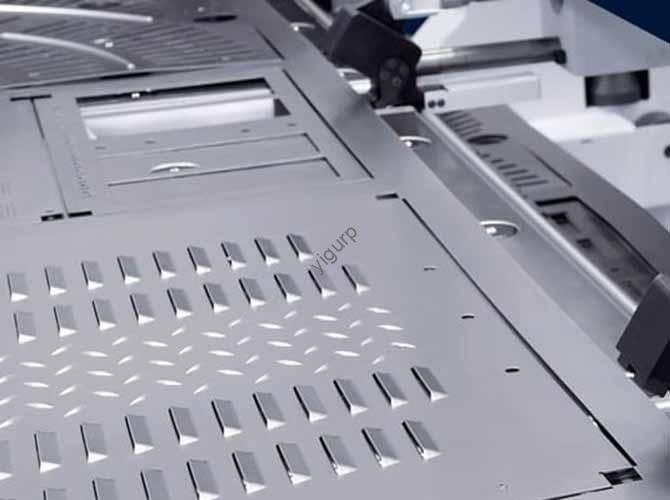A practical guide to the whole process of CNC sheet metal design
1. CNC Sheet Metal Design Basics For newcomers to CNC sheet metal design, building a solid foundation is key to avoiding post-rework. Many designers tend to ignore design specifications and standards in the early stages, resulting in products not being able to adapt to the processing process – there have been customers who did not follow the GB/T […]

